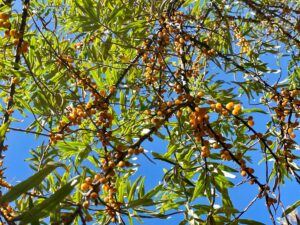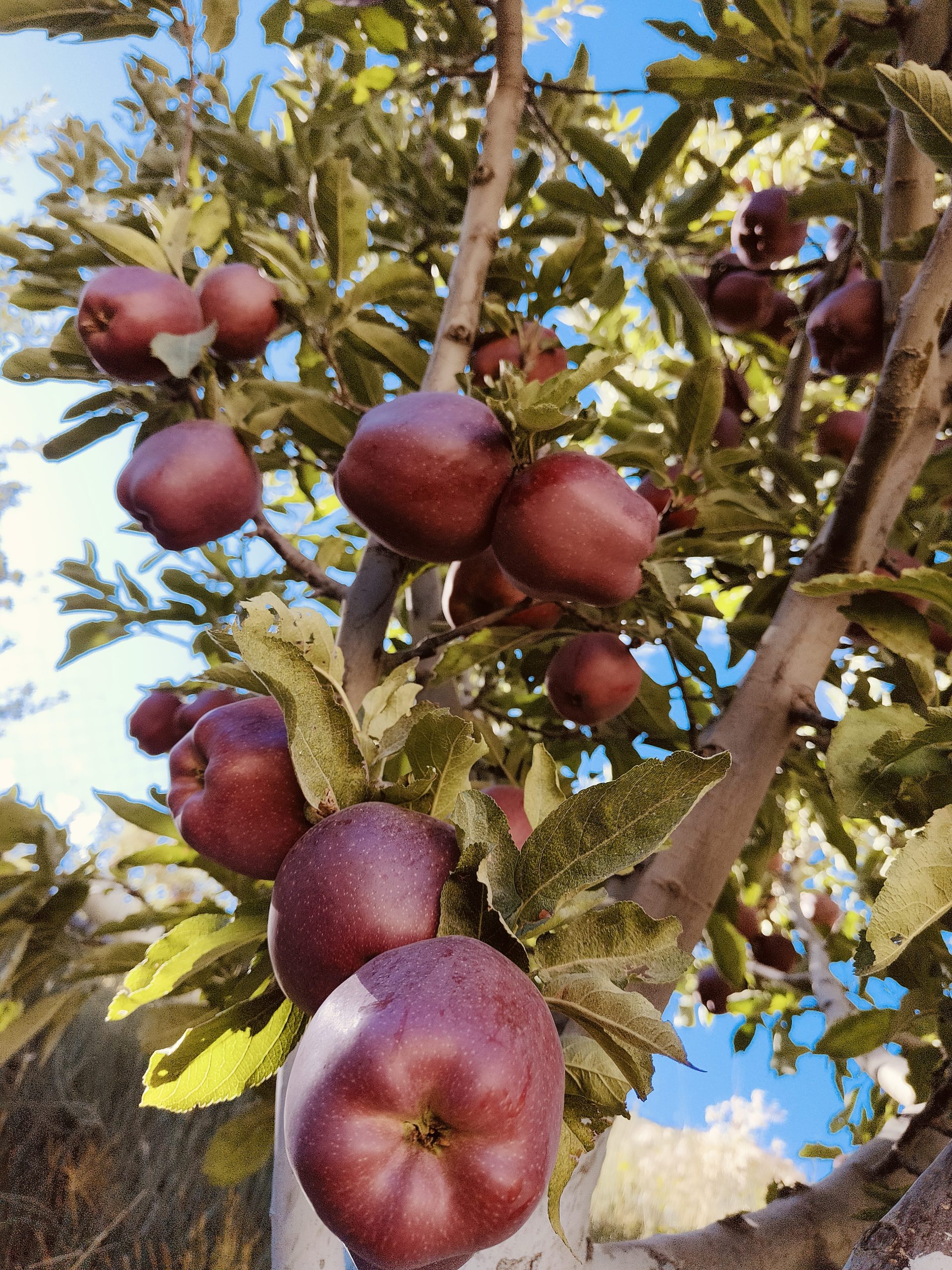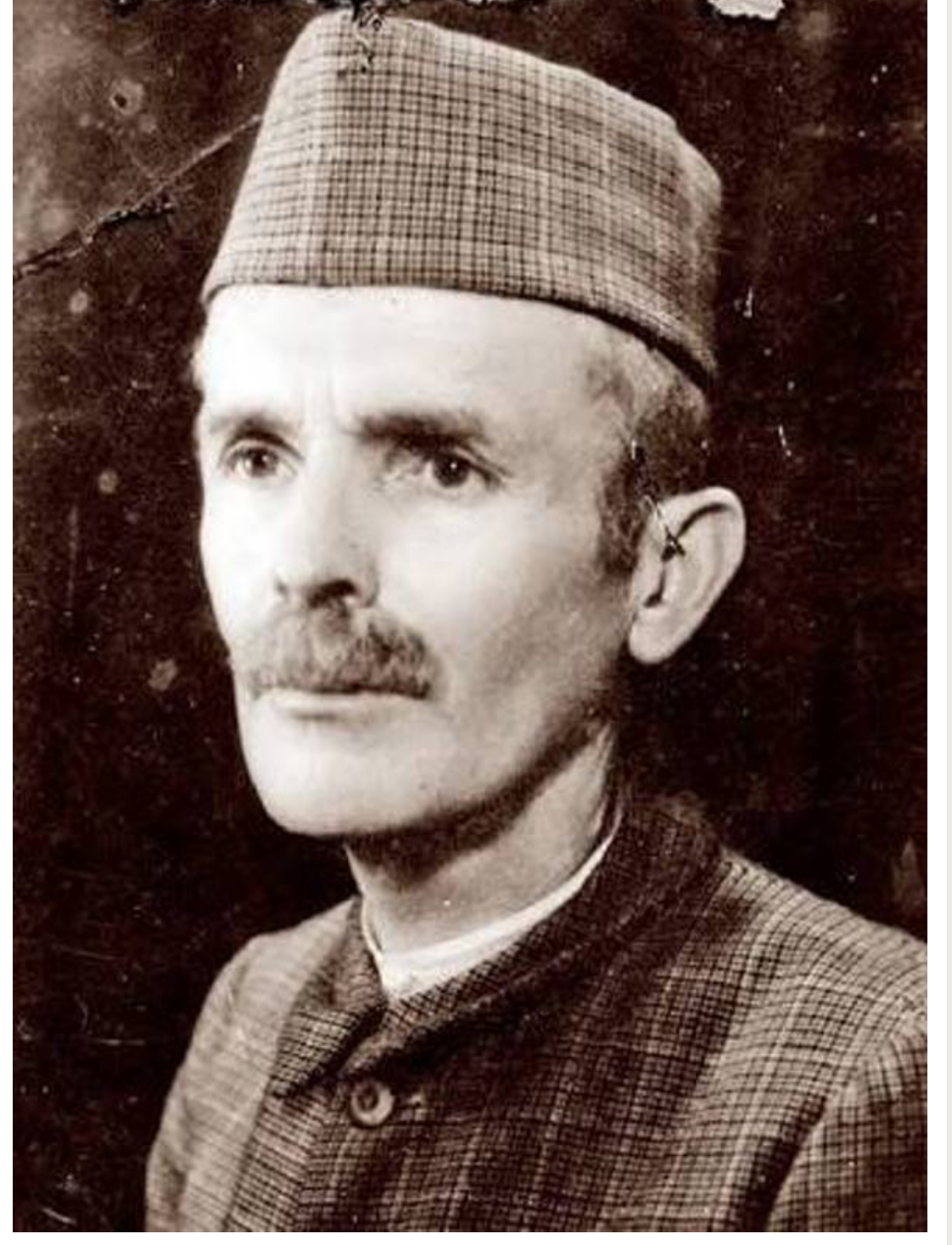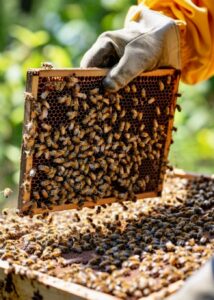Nestled amidst the grandeur of mountains and blankets of snow, Himachal Pradesh
holds a secret that has transformed its landscape and the destiny of its people – the apple orchards. While today it stands as the second-largest apple producer after
Jammu and Kashmir, the journey to this agrarian success was anything but ordinary.
Rewind the clock to an era when apples were scarce in Himachal, and the fruit found
in the region was mostly the wild, sour varieties, hardly fit for consumption. It was the
advent of British and other foreign influences during India’s colonial period that
marked the beginning of a profound change. With Himachal under British rule,
Europeans started settling in different parts of the state, introducing various crops,
including apples, to the fertile lands.
Kullu, known for its breathtaking landscapes, became the pioneer in apple plantation.
In the 1870s, Captain R.C. Lee, making Kullu his home, planted the first European
apple trees in Bandrole, alongside other fruit varieties he procured from his father’s
estate in England. Mister Theodor followed suit, planting apple trees at Dobhi, and
soon, many Britishers established their orchards. Locals like Padha Bansi Lal
Vatsyayen and Basant Mal Salhuria joined in, marking the inception of apple
cultivation by the residents.
Shimla wasn’t far behind. Alexander Couts planted an orchard near Mashobra in the
1870s, setting the stage for further apple cultivation. Christian missionaries in
Kotgarh ran ‘Mission Orchard’ and a local named Gudrumal, the tehsildar of
Kotgarh, owned a small orchard in 1881.
However, it wasn’t until Samuel Stokes, an American missionary, entered the scene
that apple cultivation gained momentum. Settling in Kotgarh, Stokes brought several
apple saplings from America,
experimenting with various strains until he settled on
the Red and Golden Delicious varieties. His efforts culminated in the first apple sales
from his orchard in 1926.
Facing vehement opposition from locals due to the long gestation
period of apples,
Stokes persisted, distributing free samples and ultimately transforming the region
into one of the highest apple-producing areas. By 1926, his orchard sold the first
apples, initiating an economic boom that turned some villages into the richest in Asia.
Today, apple cultivation is a cornerstone of Himachal Pradesh’s economy, with around ₹4,000 crores worth of apples sold annually. While various individuals introduced apples to the state over the decades, it was Samuel Stokes, or Satyanand Stokes, who left an indelible mark. His successful apple varieties didn’t
just introduce a fruit; they changed the fate of Shimla and Himachal Pradesh,
becoming a source of prosperity for countless lives. So, the next time you bite into a
delicious Himachali apple, remember the incredible journey that brought this fruity miracle to the hills.









4 thoughts on “Crunching Through History: The Apple’s Journey to Himachal Pradesh”
This information is priceless. How can I find out more?
Thankyou. Glad you liked it. What do you want to read more, you can contact us at info@himflavours.com. We can try to share more information related to it.
Thankyou. You can contact us at info@himflavours.com.
Hello my family member! I want to say that this post is awesome, great written and include approximately all important infos. I’d like to look extra posts like this.